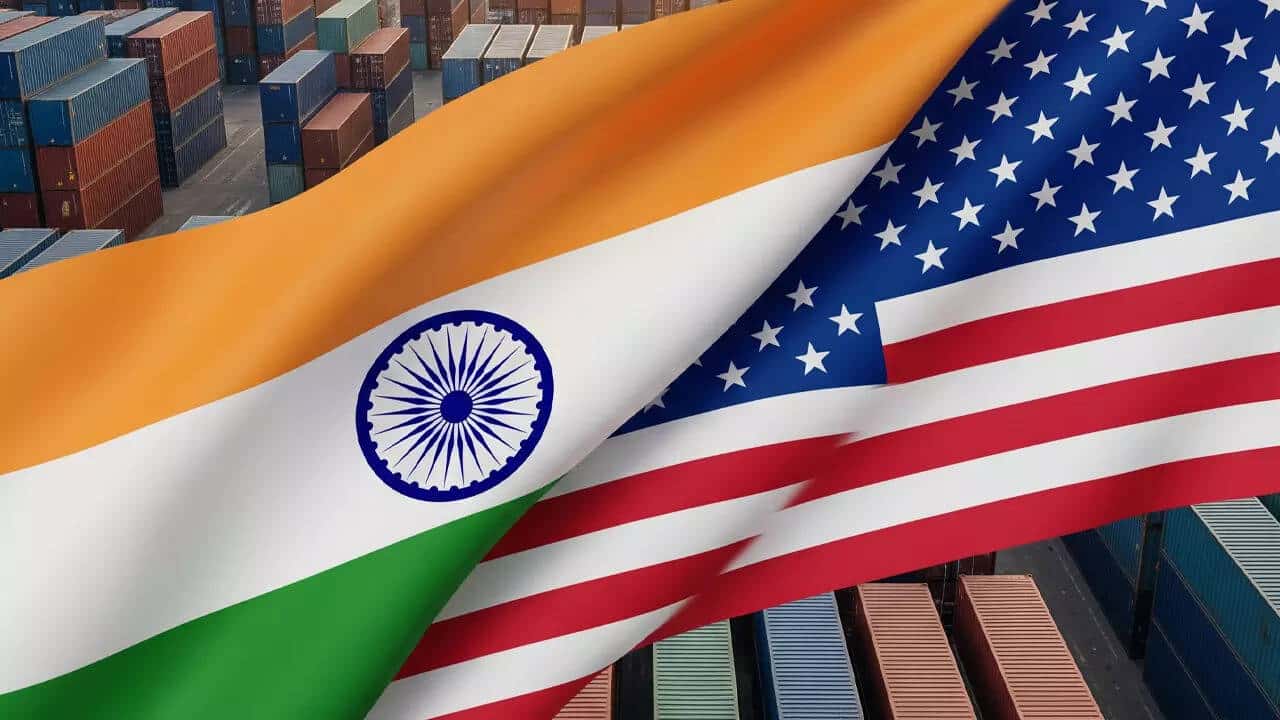India and US Near Completion of Initial Trade Deal Agreement

India and the United States are making significant strides toward finalizing an “early tranche” of their proposed bilateral trade agreement. As both nations work on drafting the deal’s text, they aim to complete it before July 9, coinciding with President Donald Trump’s plans to lift a freeze on reciprocal tariffs. The agreement is expected to include concessions on agricultural products and automobiles from India in exchange for a 10 percent duty on labor-intensive goods like textiles and footwear.
Negotiations on Trade Concessions
The Indian government is preparing to offer concessions on specific agricultural products that are of interest to the United States. Additionally, there will be discussions surrounding the automotive sector. In return, India seeks to secure a 10 percent baseline tariff on labor-intensive products, which include textiles, footwear, and potentially certain auto parts. This strategy aims to enhance the competitiveness of Indian exports, particularly in light of the reciprocal tariffs that may be imposed by the U.S. administration. Currently, India faces a 26 percent tariff rate, which includes the proposed 10 percent baseline duty, giving it a competitive edge over other countries in the export market.
The negotiations also cover various technical aspects, including sanitary and phytosanitary standards, which are crucial for exporters shipping goods to the U.S. The discussions held earlier this month in New Delhi included topics such as digital trade, customs, trade facilitation, and the legal framework governing these agreements. These elements are essential for ensuring smoother trade relations and addressing the challenges faced by Indian exporters.
Importance of Drafting the Agreement
Government sources indicate that India is eager to have a draft text ready before the deal is publicly announced. This approach is deemed crucial, especially given the current U.S. administration’s tendency to make announcements without a finalized text, often leading to claims of success. The Indian government aims to avoid similar pitfalls and ensure that the agreement is structured and clear before any public declarations are made. This strategy is particularly important in light of the recent experiences of other nations, such as China, which have had to navigate the complexities of trade negotiations amid public statements from President Trump.
The urgency to finalize the text is underscored by the need to address various issues, including the court ruling on reciprocal tariffs, which Trump has invoked under emergency provisions. India is also keen to establish a framework that allows it to maintain a competitive advantage over its peers, particularly if U.S. courts declare certain tariffs illegal.
Future Prospects and Challenges
Looking ahead, the timeline for finalizing the early tranche of the trade agreement is set for the fall, specifically around September or October. However, several challenges remain, including the current U.S. administration’s lack of Congressional authority to finalize trade deals. This situation means that a zero-duty regime may be delayed until the political landscape stabilizes in the U.S.
Despite these challenges, India is optimistic about the potential benefits of the agreement. By securing favorable terms, the Indian government hopes to bolster its export sector and enhance its economic standing in the global market. The ongoing negotiations reflect a broader commitment to strengthening bilateral trade relations between India and the United States, with both nations recognizing the importance of collaboration in an increasingly interconnected world.
Observer Voice is the one stop site for National, International news, Sports, Editor’s Choice, Art/culture contents, Quotes and much more. We also cover historical contents. Historical contents includes World History, Indian History, and what happened today. The website also covers Entertainment across the India and World.

